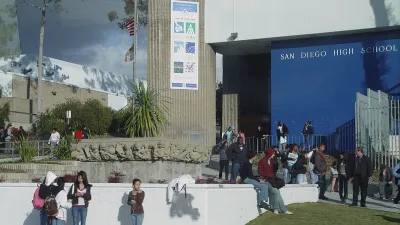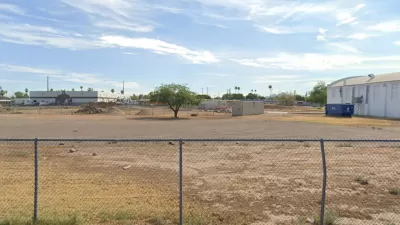Advocates of inclusionary zoning have something to smile about. A new report from the Rand Corporation confirms that the housing produced by these zoning policies does in fact create or preserve affordable housing in areas of low poverty.
Rick Jacobus of the Cornerstone Partnership reviewed the Rand Corporation Report "Is Inclusionary Zoning Inclusionary?" in a web exclusive posted to Shelterforce a few days ago. In it, Jacobus discusses the findings of the research, particularly that affordable housing units produced through inclusionary ordinances were located in low-poverty neighborhoods (average unit was in a neighborhood with only 7% of households in poverty).
The placement of the units in low-poverty neighborhoods is important because higher income neighborhoods often have better schools. Having ordinances in place alone, however, is not enough to produce these positive results. Jacobus highlights that design and implementation play a role, along with increased funding to track data from these programs.
FULL STORY: Data Says Inclusionary Housing Does Foster Economic Integration

Maui's Vacation Rental Debate Turns Ugly
Verbal attacks, misinformation campaigns and fistfights plague a high-stakes debate to convert thousands of vacation rentals into long-term housing.

Planetizen Federal Action Tracker
A weekly monitor of how Trump’s orders and actions are impacting planners and planning in America.

In Urban Planning, AI Prompting Could be the New Design Thinking
Creativity has long been key to great urban design. What if we see AI as our new creative partner?

King County Supportive Housing Program Offers Hope for Unhoused Residents
The county is taking a ‘Housing First’ approach that prioritizes getting people into housing, then offering wraparound supportive services.

Researchers Use AI to Get Clearer Picture of US Housing
Analysts are using artificial intelligence to supercharge their research by allowing them to comb through data faster. Though these AI tools can be error prone, they save time and housing researchers are optimistic about the future.

Making Shared Micromobility More Inclusive
Cities and shared mobility system operators can do more to include people with disabilities in planning and operations, per a new report.
Urban Design for Planners 1: Software Tools
This six-course series explores essential urban design concepts using open source software and equips planners with the tools they need to participate fully in the urban design process.
Planning for Universal Design
Learn the tools for implementing Universal Design in planning regulations.
planning NEXT
Appalachian Highlands Housing Partners
Mpact (founded as Rail~Volution)
City of Camden Redevelopment Agency
City of Astoria
City of Portland
City of Laramie





























